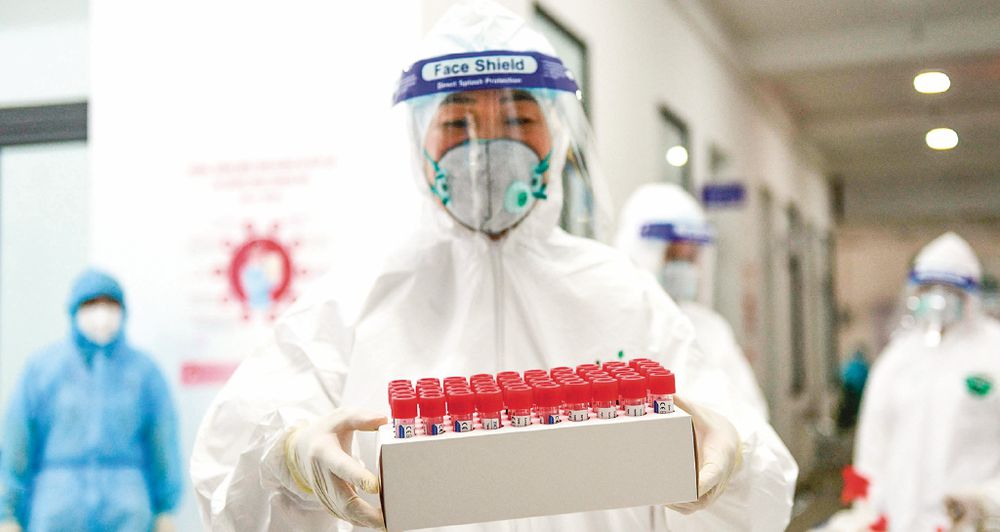The Misinformation and Disinformation Pandemic

The World Health Organization (WHO) coined the terms infodemia and infodemiología to define, the torrent of information about the coronavirus pandemic and how to manage it
The WHO attributes the infodemic – more current than ever – to the curiosity and innovation of the human being, who wants to understand the world around him and be aware of the problems that need to be faced and, therefore, how they can be solved. For this reason, it says, the search and exchange of large amounts of information is usually the usual way to respond to this growing need for knowledge.
According to experts, the information consumed in these times of pandemic not only comes from scientific studies, but also from official communications from governments and organizations regarding the health emergency, and from so-called bloggers and influencers, who have a greater presence in social networks.
The fact that technology today grows by leaps and bounds makes it possible for family and friends to exchange information with each other, verified or not. For these purposes, the instant messaging application WhatsApp and social networks such as Facebook, Twitter, and Instagram are mostly used.
To cope with a large amount of information on the network about the pandemic, the WHO advises evaluating the sources of that information, even if it was provided by a friend or relative.
Also, read in-depth and don’t just settle for headlines that may be intentionally provocative or sensational.
Also, search online for the name of the person issuing the information; check the date of the news; examine the supporting evidence; rule out prejudices that may influence your opinion, and consult data verification services.
Another measure is to assess whether it is necessary to disseminate or publish information about which you are not sure.
Understanding the infodemic becomes even more important when you consider the difference between information, misinformation, and disinformation.
Information describes current knowledge about Covid-19, which is adjusted as more is known about the disease. Misinformation provides wrong data about the pandemic, albeit without intent, without any specific intention of causing harm to others. Disinformation, on the other hand, seeks to take advantage of misinformation to do harm.
In general, disinformation is part of an elaborate plan and, according to the WHO, the context of the pandemic has been used to, precisely, erode trust in people, institutions or countries through the massive dissemination of disinformation.
According to the journalist and philologist Rafael Candanedo, we live in a complex and complicated time, in which many people believe that what they see on social networks is true and this is the perfect setting for misinformation.
“Many people share the information without knowing the source and they say: ‘well, that was said by social networks’, as if it had been said by media such as La Prensa or the New York Times. So when you question them about that, they reaffirm what they have seen on the networks. We are living in a very schizophrenic time in which people want to believe what they see, even though it is a lie, “he





